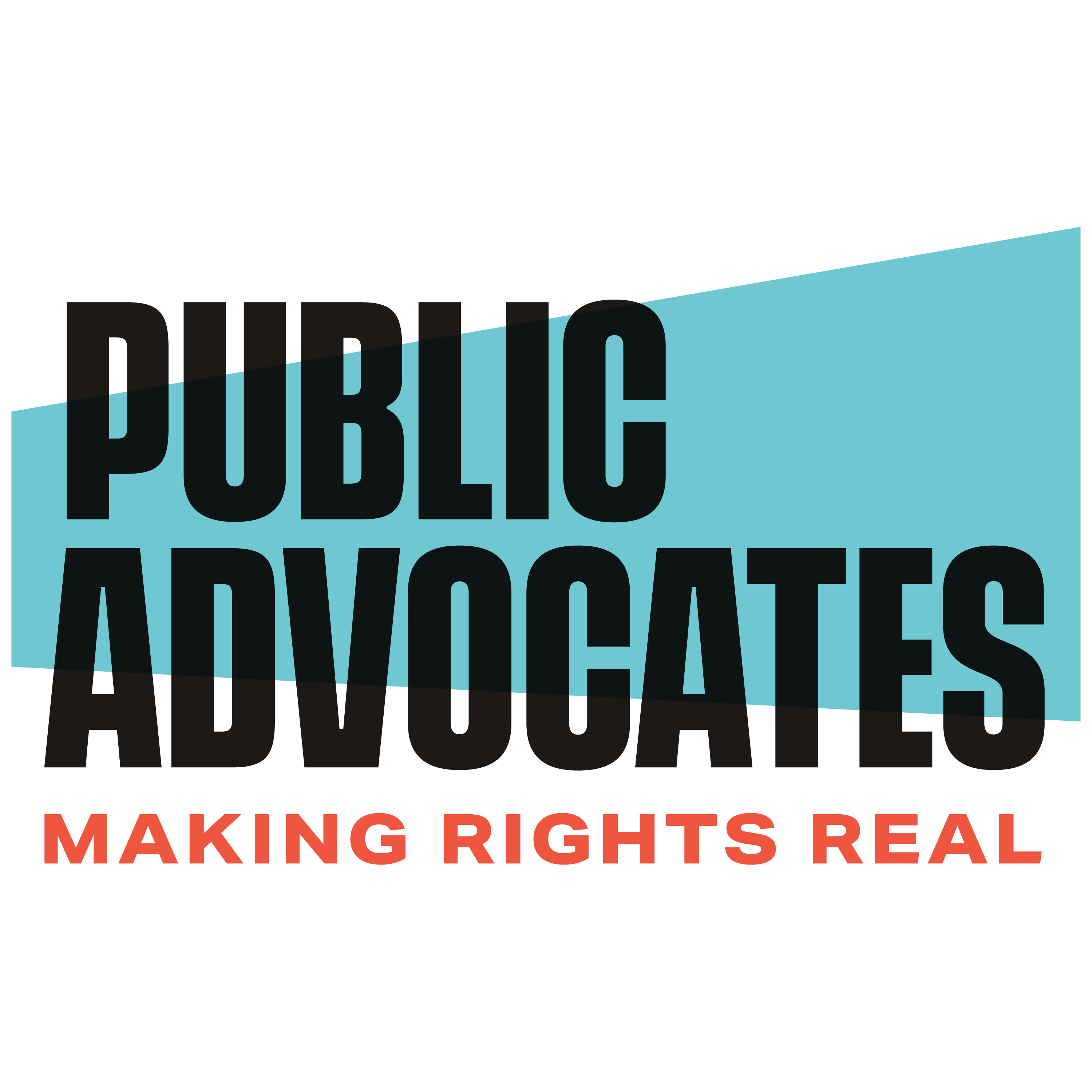When the Metropolitan Transportation Commission (MTC) and Association of Bay Area Governments (ABAG) issued their draft Plan Bay Area last month, thousands of pages of documents and appendices went up on their website. We think several charts speak volumes. That’s where MTC/ABAG reported the performance outcomes our region can expect to see from their draft plan (which they are calling the “preferred alternative”) compared to the community alternative: the Equity, Environment and Jobs, or EEJ, scenario.
In April, MTC/ABAG identified the EEJ scenario as environmentally “superior” to their draft plan. But as soon as they released that news, they backpedaled on their own analysis, saying the EEJ scenario was only slightly better than their draft plan. For instance, when their Draft Environmental Impact Report (DEIR) concluded the EEJ scenario was the “environmentally superior alternative,” the agencies claimed the environmental impacts were “only marginally lower” than the proposed plan’s impacts.
We wondered about that. So we asked some experts at UC Davis to look at the underlying data and tell us what they saw.
Their analysis shows some striking differences. Let’s start with environmental impacts. Compared to the proposed plan, the EEJ scenario would result in:
- 1,900 fewer tons of CO2 emissions per day and 568,000 fewer tons of GHG emissions per year
- 6.4 fewer tons of Toxic Air Contaminants (TACs) per year
- 1,290 fewer tons of carbon monoxide emissions per year
- Daily energy savings of 68 billion BTUs, the equivalent of burning600,000 fewer gallons of gasoline each day.
- Spend 5 percent more on running transit service.
- Move 5 percent of the housing growth from low-income communities (mainly in San Francisco, Oakland and San Jose) to transit-connected suburban job centers, so more families can live close to work.
- Add protections against displacement pressures that are pushing struggling families to the distant edges of the region and beyond.
- 83,500 fewer cars on the roads
- 3.5 million fewer miles of auto travel per day.
- 12.5% more local transit service (bus and light rail)
- 13% more express bus service, and
- 6.5% more BART service
- 30,000 fewer residents subject to flood risk due to sea level rise by 2050.
- More than 3,400 miles of local streets repaved.
- 15,800 fewer struggling families at high risk of displacement, and
- Save low-income families $79 million a year in rent.

